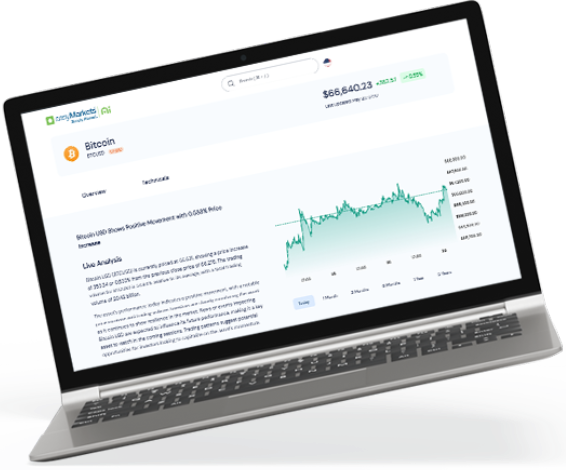What do I Need to do to Open a Trade
Forex trading is much like driving. You begin with learning how to drive and the more you practice the better you get at it. Let’s now begin preparing for the journey.
Open your trading with fixed spreads
 [/vidyard]
[/vidyard]
Step 1: Choose the Currency Pair(s)
The choice of vehicle would impact your driving experience. In the forex market, this is the currency pair. There are 3 main types of currency pairs, majors (the most traded pairs), commodity currencies (currencies from countries that have high production of commodities) and exotics (pairs that have one currency of a developing country). To choose the currency pair, you can first check the news to be aware of currencies whose countries might be facing economic or political risks. Check the pip value. If your risk appetite is high, you might consider choosing a currency pair with a higher pip value. Also, you may pair a weak currency with a strong currency. Determine the volatility of the currency pair and how regularly you would be trading. If you’re a daily trader, you may choose a currency pair that moves a lot during the course of a day.
Step 2: Analysis
Before you set out, you would consider road and weather conditions. Although these are external to your ability to drive, they influence how far you go within a timeframe. Similarly, forex analysis influences your success as a trader. The three types of analysis are:
Fundamental Analysis: The most critical factor influencing forex is interest rate. Other fundamental factors include inflation, GDP and other economic indicators. However, these factors influence a currency by having an impact on its interest rate. Therefore, when looking at the latest fundamental releases, you would need to consider the impact of these factors on the future movement of interest rates.
Technical Analysis: Historical trends may be used to predict the future movement of a currency pair. Forex is the world’s largest and most liquid market and there’s a huge amount of data available for making predictions. This increases the probability of the particular movement. Thus, studying the patterns through various charts may help determine when to enter and exit a trade.
Sentiment Analysis: All markets are influenced by sentiment, or the way a majority of traders feel. An analysis of whether the market is bullish or bearish needs to be incorporated in your trading strategy. In case a large number of traders are bullish about a particular currency, they would probably have bought that currency. These buyers would eventually sell this currency, which puts the currency at risk of a steep pullback.
With proper financial, technical and sentiment analysis, you would determine the price at which to buy a currency and the price at which to sell.
Step 3: Risk Management
After taking these external factors into account, get into your vehicle and put on the seatbelt. In forex trading, risk management is your seatbelt. Even the most confident driver needs to put on a seatbelt. It won’t prevent an accident, but may minimise the damage caused. There are four things to consider here:
- Stop Loss: A stop loss is an instruction to close a trade when the price of a currency falls to a specified level. A stop loss helps to limit your loss in case the currency moves in the opposite direction.
- Lot Sizes: Choosing the right lot size is critical. Initially, a smaller lot size may be better as larger lots may result in significant losses in case the currency moves in the opposite direction. Smaller lot sizes increase flexibility and helps you manage your trades better.
- Number of Lots: If you’re a beginner to forex trading, avoid opening too many lots at the same time.
- Exposure: Avoiding too much exposure to a particular currency may be wise. For instance, if you go short on USD/EUR and long on EUR/AUS, you have double the exposure to the EUR in the same direction.
Now you’re ready to open the trade and enjoy the drive!














